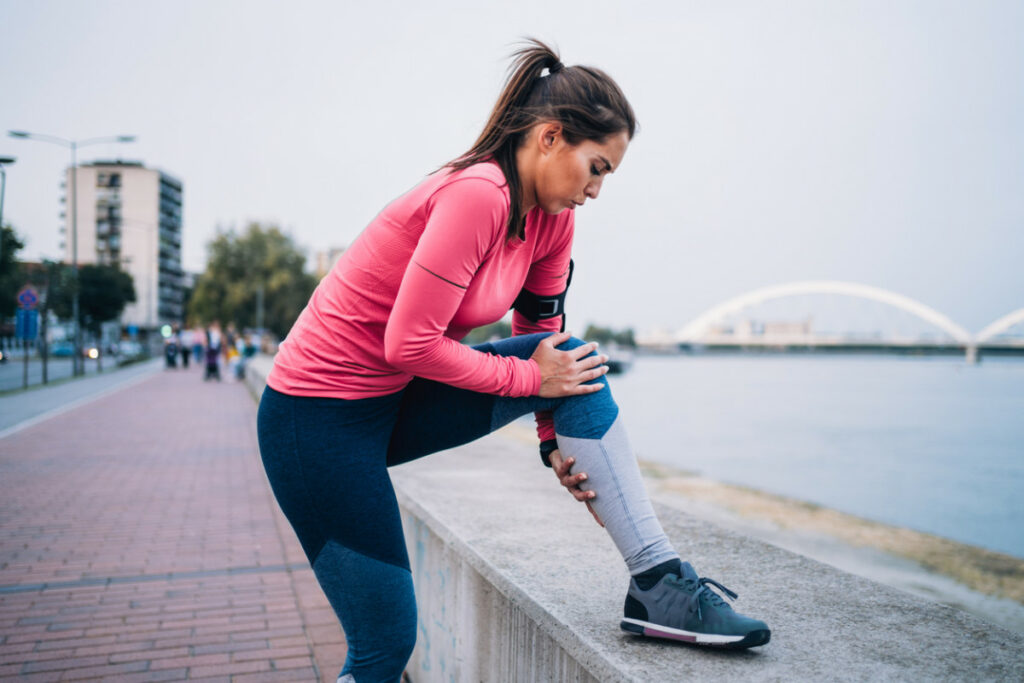Muscle spasms can occur out of the blue at any time of day.
With the spasm may come unbearable pain, cramping, and throbbing that will make you drop everything you are doing at that moment…
Known as a “charley horse” to some, a muscle spasm is the involuntary contraction of one or more muscles. A muscle spasm can happen to any skeletal muscle in the body, but common sites are the calves, feet, front and back of the thigh, arms, abdomen, and muscles along the rib cage.
Muscle spasms can also occur in smooth muscle tissue, which is part of hollow organs such as the stomach, intestine, blood vessels, and bladder. For example, you may have experienced diarrhea, menstrual cramps, or back pain at some point in your life, which may have resulted from a smooth muscle spasm.
Causes of muscle spasms
The most common causes of skeletal muscle spasms are from overuse of the muscle, dehydration, and electrolyte imbalances. Various underlying health conditions, such as venous insufficiency, nerve dysfunction, and even pregnancy are risk factors for developing muscle spasms. However, most skeletal muscle spasms have no known cause.
What can you do about it?
Thankfully, muscle spasms disappear after a short time, and there are many nutritional, lifestyle, and exercise changes that you can implement in order to keep those muscles in check:
- Stay hydrated. Help prevent electrolyte abnormalities by consuming foods or beverages that contain potassium and magnesium. A deficiency in these two minerals may contribute to muscle spasms, so it is important to meet your daily needs especially after exercise involving fluid loss. Foods and liquids such as bananas, avocados, sweet potatoes, coconut water, dark leafy greens, nuts, and seeds are all high in either potassium or magnesium.
- Move your body! Staying active promotes blood flow and removal of waste from muscle tissue, and can help keep your muscles loose. Stretching your muscles before and after exercise may also help reduce chances of developing a muscle spasm. Exercising in the heat, however, is a risk factor for muscle spasms, so be sure to workout indoors when temperatures soar!
- Ice, ice baby. Use hydrotherapy such as ice or heat packs, or contrast ice and heat, on the affected muscles may help relax the muscle and reduce pain.
- Herbal supplement. Try herbal supplement for your susceptible muscles, such as Painazone herbal supplement
- If muscle overuse is the contributing cause of your muscle spasms, take a rest day! Muscle repair and recovery happens during long periods of inactivity, especially during sleep.
- Take a bath. Taking a bath with magnesium Epsom salts may help ease pain and relieve inflammation in the muscles.
- Consult your primary healthcare provider. Skeletal muscle spasms typically last only a few minutes. If you experience recurrent or prolonged muscle spasms, speak to your healthcare provider to ensure they are not a sign of an underlying more serious condition.
